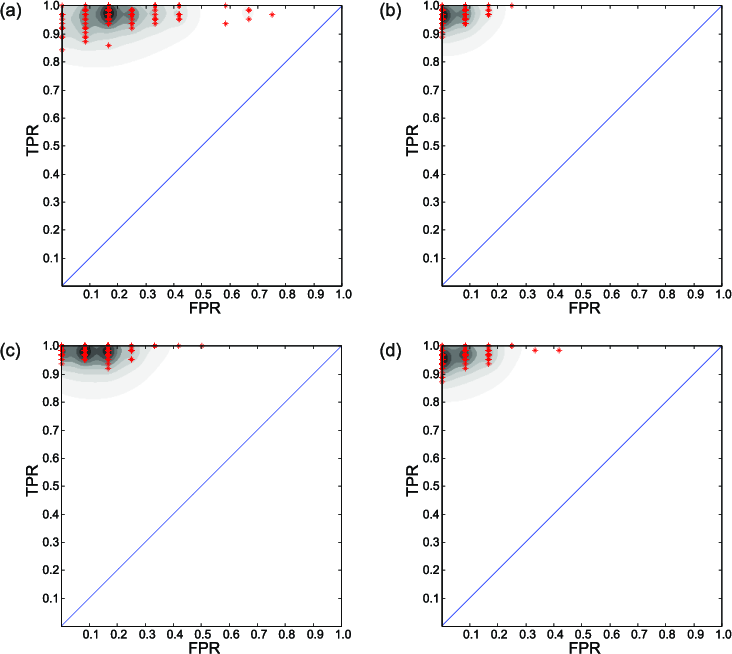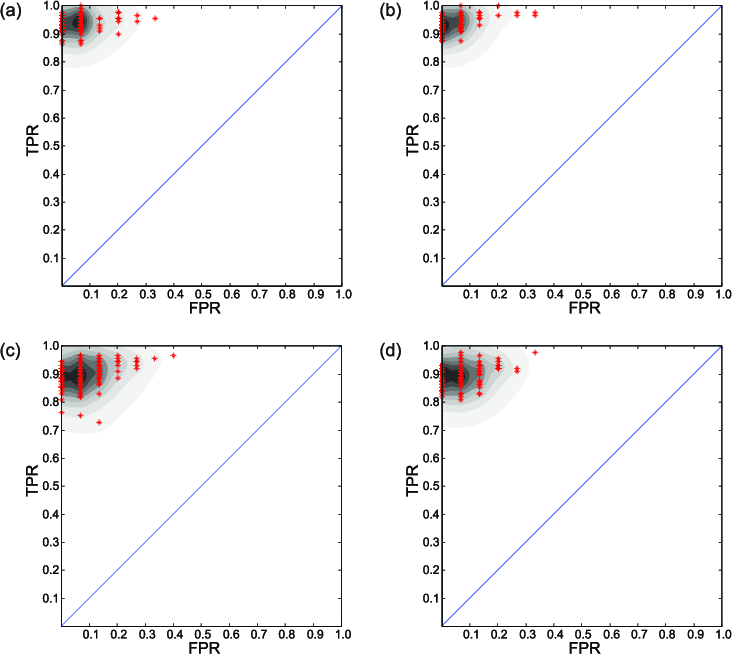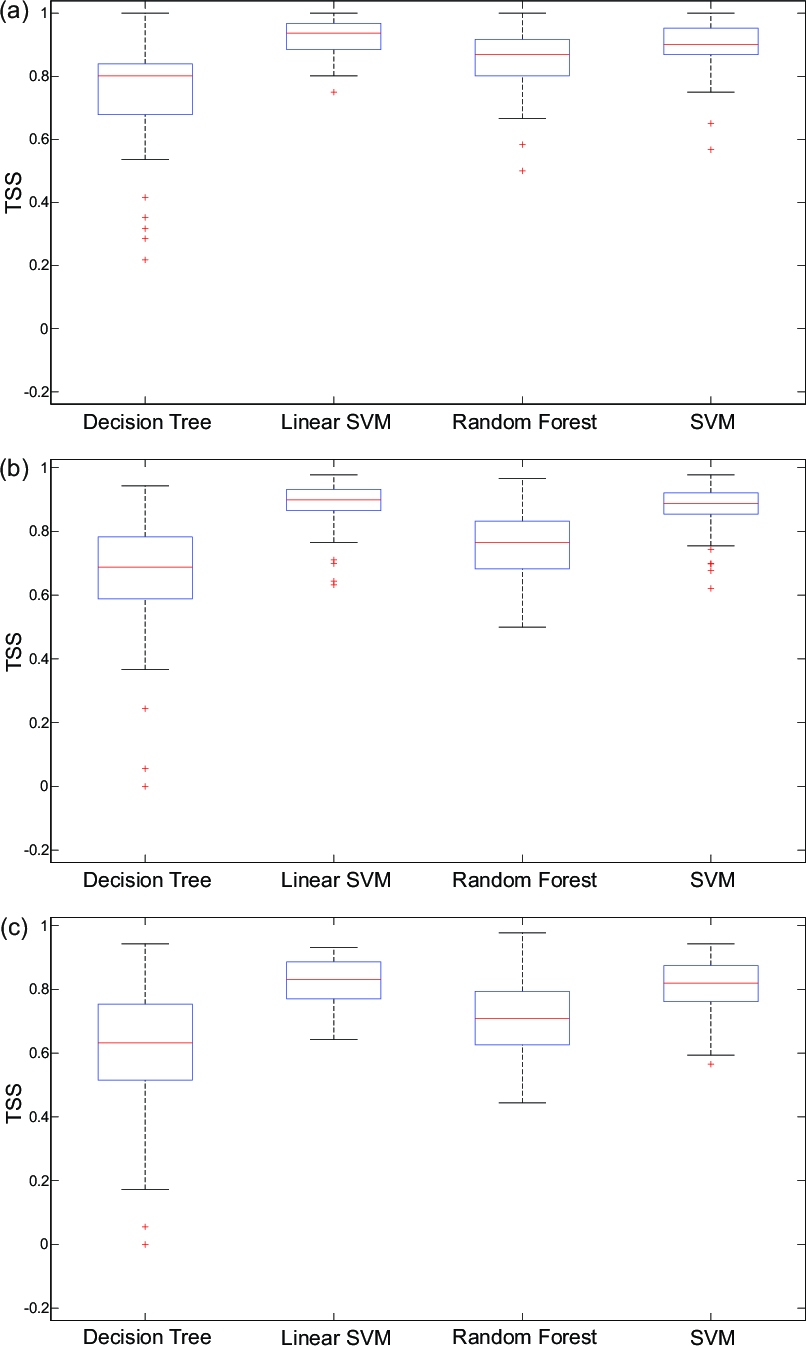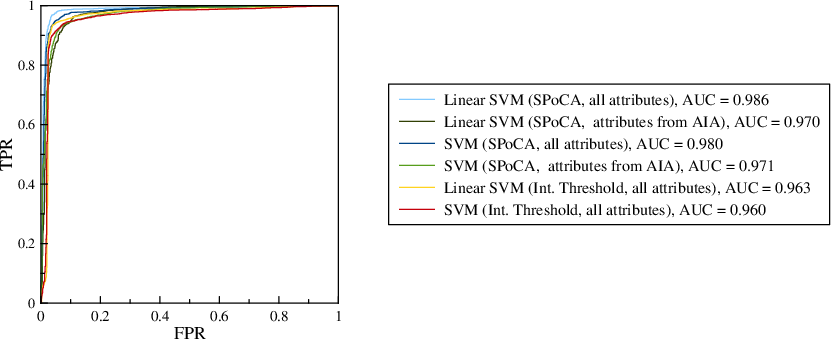- The paper introduces a supervised classification method that leverages image intensity, texture, and magnetic field data to accurately identify coronal holes.
- It employs both intensity-based thresholding and SPoCA segmentation techniques to effectively distinguish coronal holes from filament channels.
- Advanced classifiers, especially Linear SVM, achieved higher True Skill Statistic scores, indicating strong potential for real-time solar wind forecasting.
Improvements on Coronal Hole Detection in SDO/AIA Images Using Supervised Classification
Introduction
The paper discusses the implementation of machine learning algorithms combined with segmentation techniques to distinguish coronal holes and filament channels in SDO/AIA EUV images of the Sun. The goal is to improve upon traditional unsupervised feature extraction methods used in the identification of coronal holes, which are vital for understanding space weather phenomena. The focus is on two segmentation techniques: intensity-based thresholding and SPoCA.
Data Preparation
Two datasets were prepared using segmentation techniques applied to SDO/AIA 19.3 nm images over a period spanning 2011 to 2013. Coronal holes, discerned by their low intensity, were manually labeled by cross-referencing with Kanzelhöhe Observatory Hα filtergrams, which clearly show filament channels, thereby aiding in accurate classification.

Figure 1: Analysis of the detected low intensity regions. (a) AIA 19.3 nm image showing a filament channel; (b) Detected filament channel from EUV image; (c) Spatial relationship of pixel values in the channel.
Attributes such as shape measures, magnetic flux properties, and first and second order image statistics were extracted from the SDO/AIA images and corresponding HMI line-of-sight magnetograms. Texture features were derived using co-occurrence matrices to characterize spatial arrangements of pixel values, providing a comprehensive dataset for classification.

Figure 2: Representation of the co-occurrence matrix C(i,j) calculated from the filament channel.
Classification Techniques
Four classifiers were evaluated: Linear SVM, SVM, Decision Tree, and Random Forest. The classification aimed to separate coronal holes from filament channels effectively, with the datasets segmented by both intensity thresholding and the SPoCA algorithm. Performance was quantified using the True Skill Statistic (TSS).
Results
The results showed that both SVM and Linear SVM classifiers achieved superior performance, with Linear SVM slightly outperforming others in terms of median TSS. Importantly, integrating magnetic field data systematically enhanced classification accuracy, particularly when using SPoCA detection maps.

Figure 3: Density plot of TPR versus FPR from intensity-based segmentation using all attributes.

Figure 4: Density plot of TPR versus FPR using the SPoCA algorithm.

Figure 5: Box plots of TSS for different classifiers and segmentation techniques.

Figure 6: ROC curves for SVM and Linear SVM classifiers with calculated AUC.
Discussion and Conclusion
The integration of machine learning with image segmentation techniques markedly improves the identification and classification of coronal holes in solar images. Key findings indicate that using both image intensity and magnetic field data enhances classifier performance, facilitating the discrimination of coronal holes from darker filament channels. The Linear SVM classifier, in particular, provides a practical, computationally efficient solution for real-time applications, with potential implementation in existing solar wind forecasting tools. Future work aims to refine these methodologies and explore their application across a broader set of solar imaging data. The paper represents a significant step in the automation of solar feature classification, leveraging advanced data-driven techniques to improve our understanding of solar dynamics and space weather forecasting.





